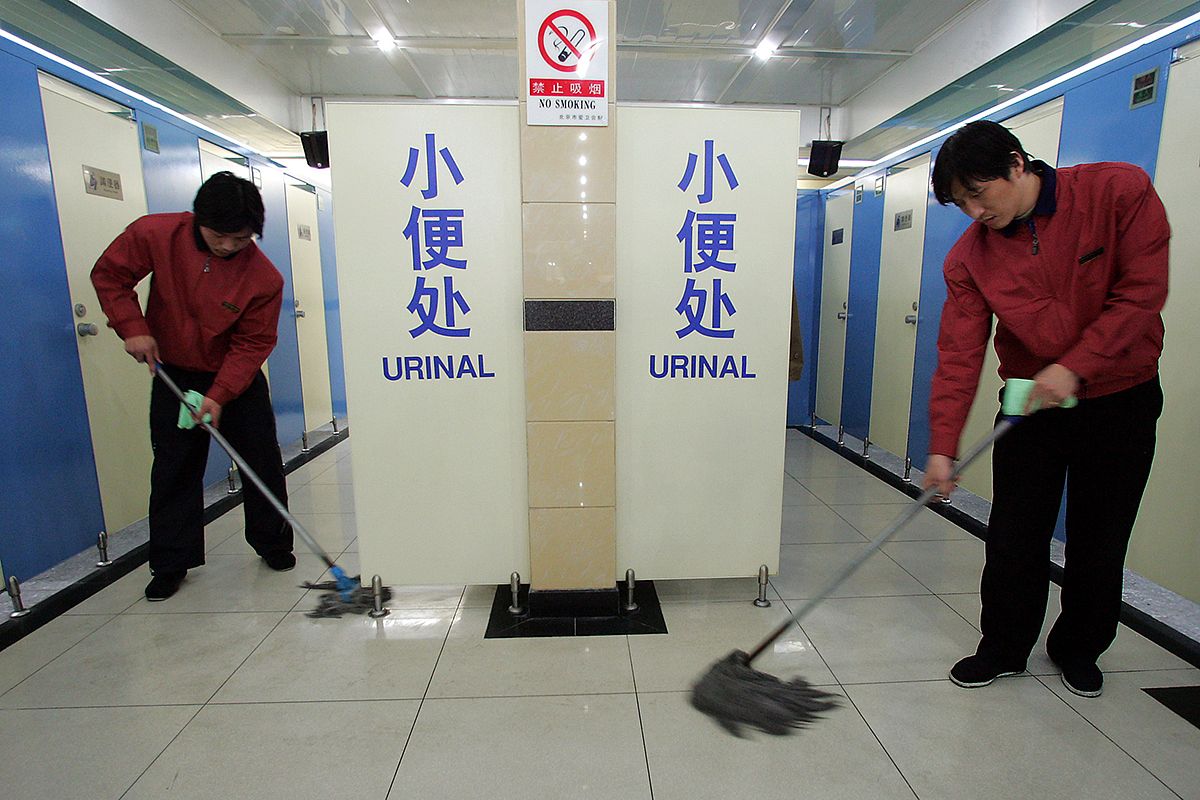In an effort to restore Hoi An’s famed 17th-century Japanese Bridge, conservation experts plan to dismantle the structure entirely and perform restoration work on its individual pieces before rebuilding the bridge.
At a conference held earlier this week, which focused on the conservation of the bridge, both local and international experts agreed that dismantling the 400-year-old structure would be the best way to preserve it, reports Thanh Nien.
Arguably Hoi An’s most famous landmark, the Japanese Bridge has undergone restoration work a total of seven times, according to Tien Phong. The most recent conservation effort took place in 1986.
Today, however, the Japanese Bridge is beginning to show signs of strain. Heavy flooding and weather damage have cracked and rotted several of the structure’s supports, while Hoi An’s booming tourism has also had an impact on the bridge’s longevity. Everyday, roughly 4,000 tourists cross the structure, putting stress on its framework.
In areas where previous conservation efforts have replaced wooden supports with iron, rust and age are also beginning to compromise the safety of the structure, which spans 18 meters across a canal near the Thu Bon River.
As a result, experts at the conference agreed to move forward with a project which would dismantle the bridge and restore all of its pieces individually. Nguyen Xuan Toan of the Da Nang Technology College told Vietnam News the situation was urgent.
“The bridge will collapse soon if we do not take emergency action,” Toan said, according to the news outlet. “We found big hollows in the stone foundation, while joints and rafters on the upper structure were coming loose.”
Japanese experts who attended the conference were quick to lend their support in conserving the historic structure.
“I hope a restoration plan will not impair the cultural value of the bridge, and we are ready to lend our experience to the restoration plan,” Professor Hiromichi Tomoda of Showa Women’s University told Vietnam News.
In addition to supporting the project, experts also called for detailed documentation of the bridge’s current state in order to ensure that it retains its original shape after restoration as well as the knowledge of both international and Vietnamese experts throughout the conservation process. The Vietnam Culture Heritage Association also supported a move to limit the number of visitors on the bridge at a time in order to preserve its structural stability.
[Photo via Flickr user Richard Hopkins]














